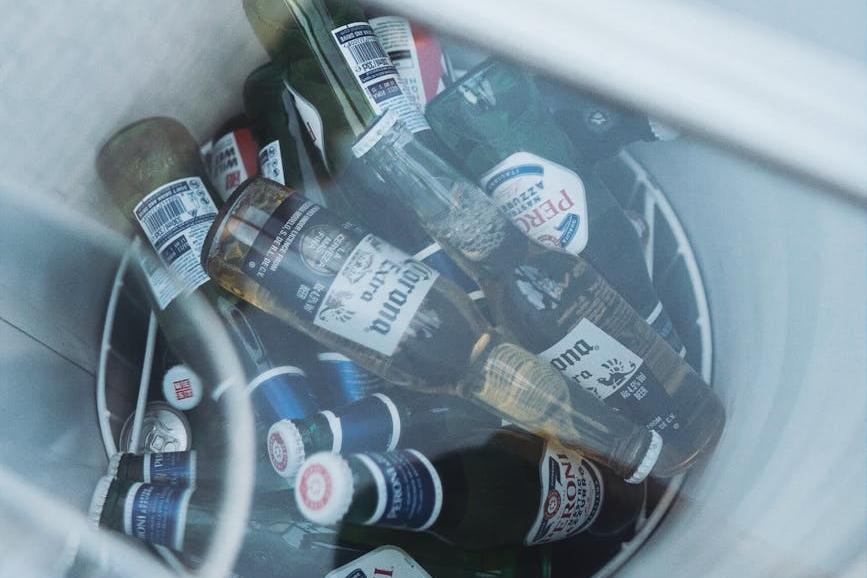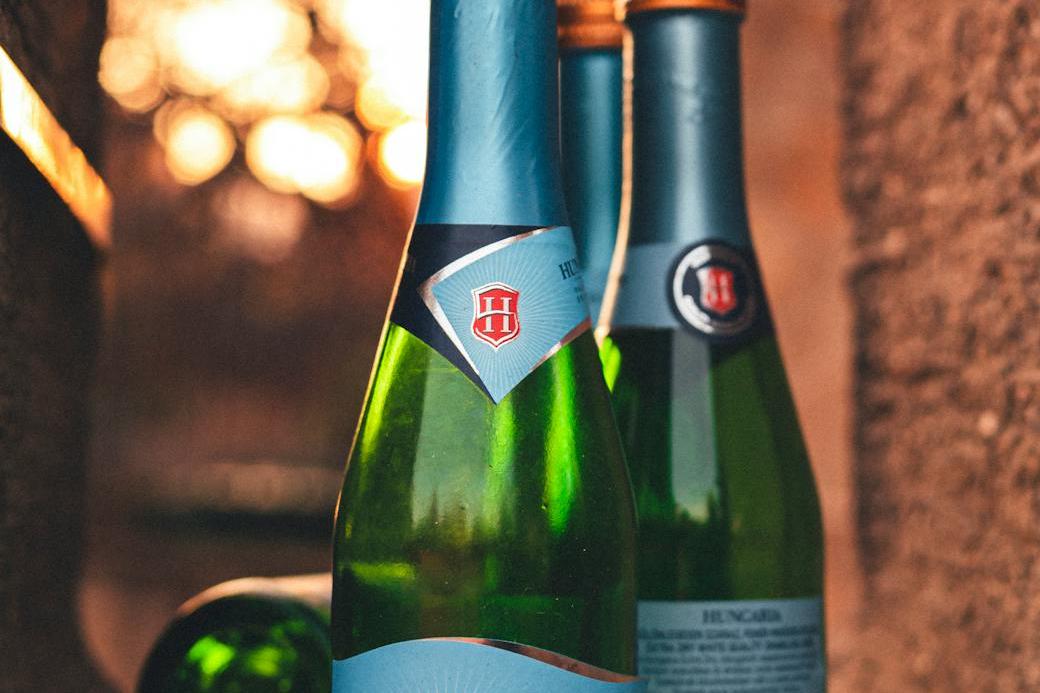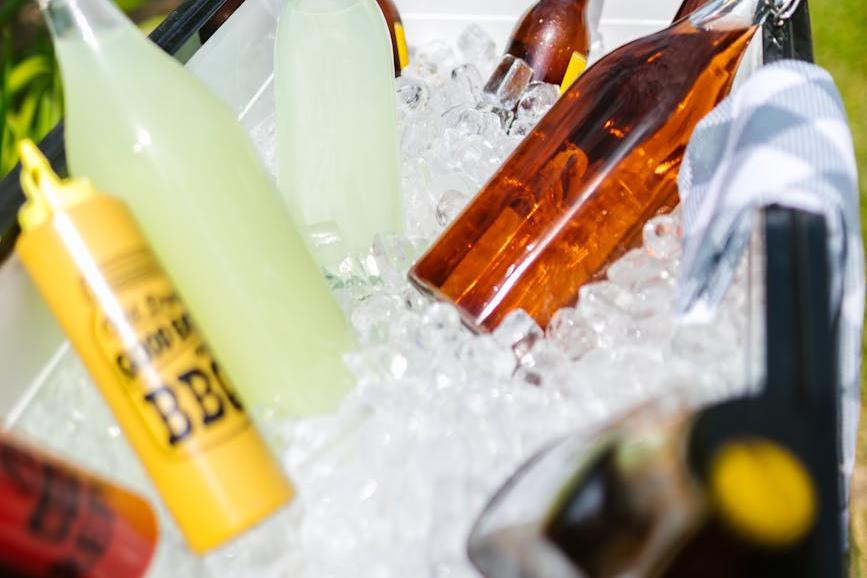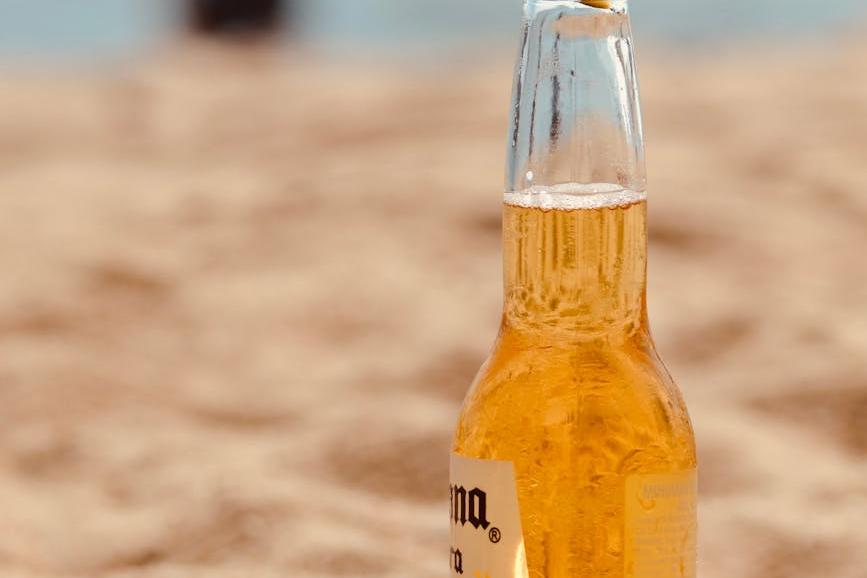- Shanghai Zhongshen International Trade Co., Ltd. - Two decades of trade agency expertise.
- Service Hotline: 139 1787 2118
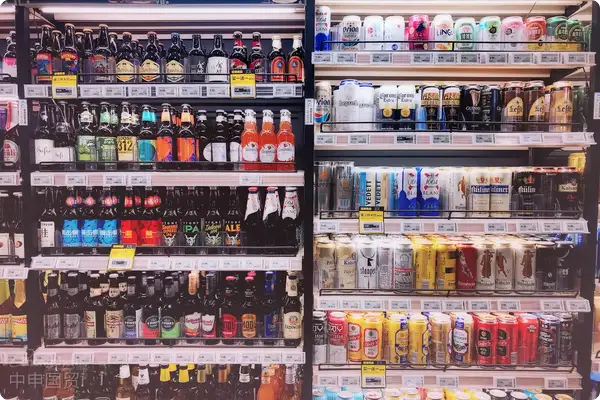
When beer meets customs: Those customs clearance pitfalls weve stepped on over the years
Last month, a client excitedly imported 200 cases of Belgian Trappist beer, only to have them detained at the port for three full weeks. The reason? The alcohol content labeling didnt comply with the new national standard - 7.5% vol was written as 7.5 degrees. Such laughable cases happen daily at various ports. As a beer porter with twenty years of experience, today Ill reveal five customs clearance secrets for imported beer.
Three essential documents for customs clearance: Qualification documents are indispensable
- (Apply 30 days in advance): New beer classification filing items added starting 2025
- Record - filing of Imported Food Consignor: The latest version automatically verified by the customs system
- Alcohol distribution license: Some regions have switched to a filing system
Seven deadly sins of Chinese label design
| Error Type | Correct example | Error examples |
|---|---|---|
| Alcohol Content Labeling | ≥4.3%vol | Alcohol content 4.3 degrees |
| Ingredient labeling | Water, barley malt, hops | Natural ingredients |
| Shelf life format | December 31, 2025 | Best before end of 2025 |
Three devilish details in the customs clearance process
- HS Code selection:
- Malt brewed beer: 22030000
- Alcohol concentration classification with tariff differences up to 15%
- Validity period of health certificates: German beer needs to pay attention to the electronic signature format under new EU regulations
- Transport temperature monitoring: IPA beer requires full cold chain maintenance at 2-8℃
Special ID cards for beers from different countries
Last year, the Czech beer we represented was almost returned due to missingEU certificate for circulation of alcoholic productsSpecial requirements from different origins are worth noting:
- Germany: Must include a declaration document under the Beer Purity Law
- USA: Dual protection with TTB certification and FDA registration
- Japan: Proof of tax rate difference between sake and beer
Emergency FAQ package
Q: How to handle near-expiry beer?
A: Products with less than 6 months shelf life require separate declaration, recommend reserving a 20-day buffer period
Q: What are the main reasons for craft beer failing quality inspections?
A: 75% of cases are due to excessive diacetyl additives, particularly in American-style craft beers.
I remember helping a client last year with a batch of Dutch white beer detained by customs - the issue turned out to be copyright claims involving Van Goghs portrait on the bottles. Importing beer is like traveling the world with liquid; every step requires professional customs clearance codes. Next time you raise a glass of imported beer, consider how many professional barriers this cup of fine brew has crossed to reach you.
Related Recommendations
Category case
Get in Touch
Email: service@sh-zhongshen.com
Related Recommendations
Contact via WeChat

© 2025. All Rights Reserved.Shanghai ICP No. 2023007705-2 PSB Record: Shanghai No.31011502009912
PSB Record: Shanghai No.31011502009912

